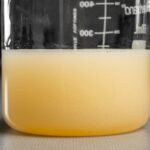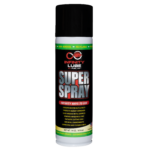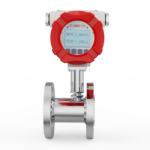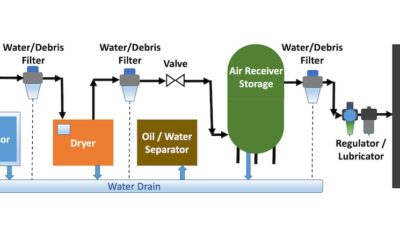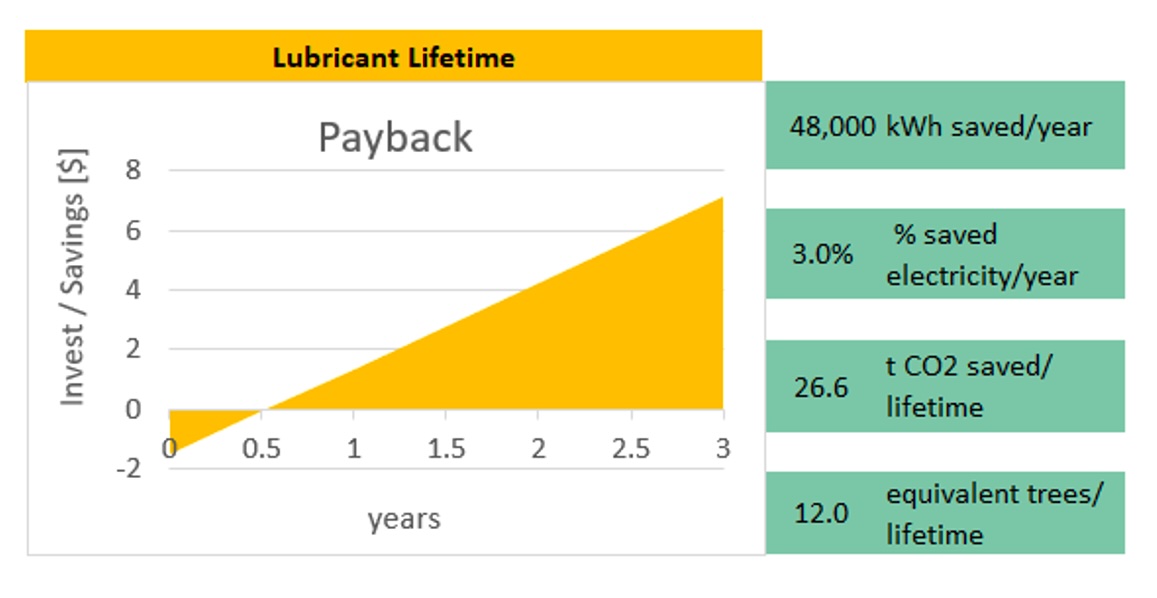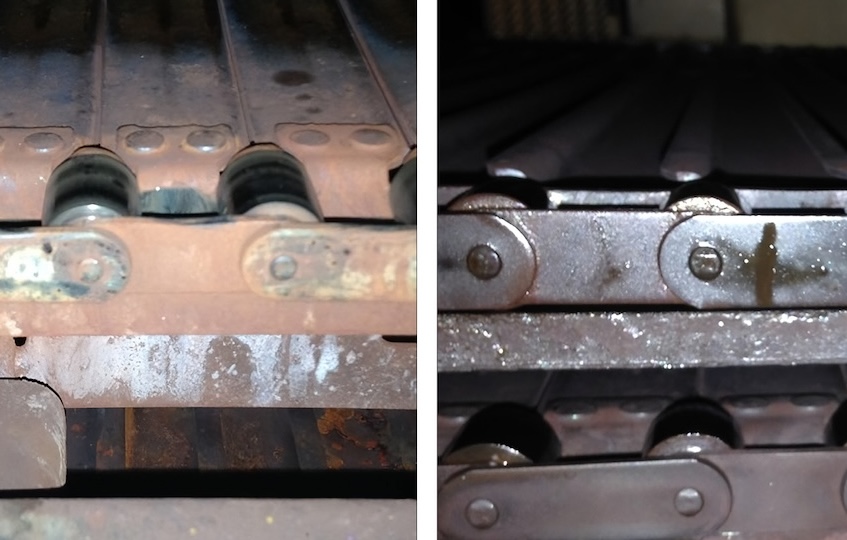Lubrication
Lubrication in manufacturing is the process of applying a lubricant to the moving parts of equipment and machinery to reduce friction, wear and heat. Lubricants work by creating a thin film between the moving parts that reduces the amount of metal-to-metal contact, which in turn reduces the amount of heat and wear that occurs. Lubrication is a critical part of maintenance in manufacturing, as it can help to extend the lifespan of equipment and reduce downtime caused by equipment failure.


